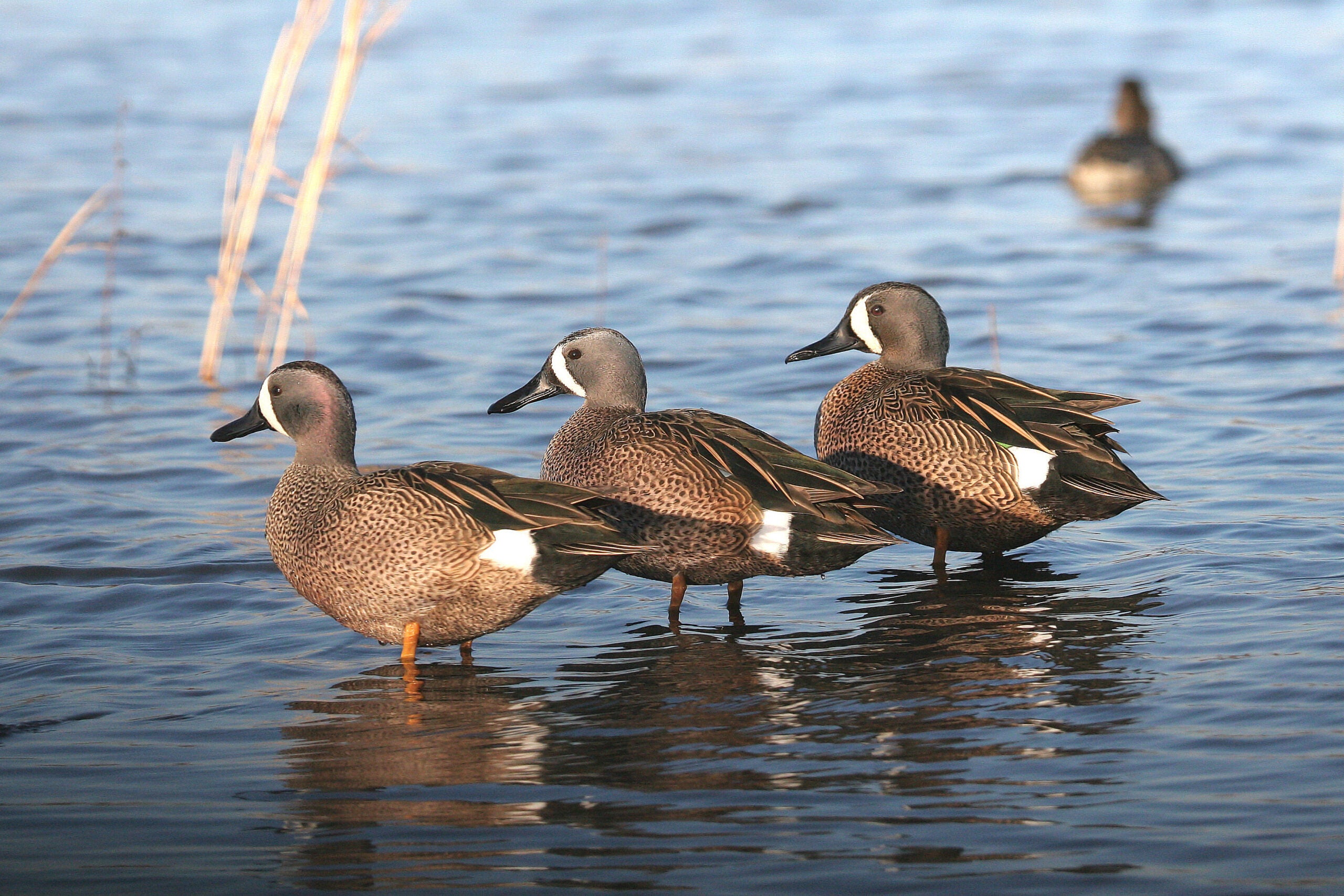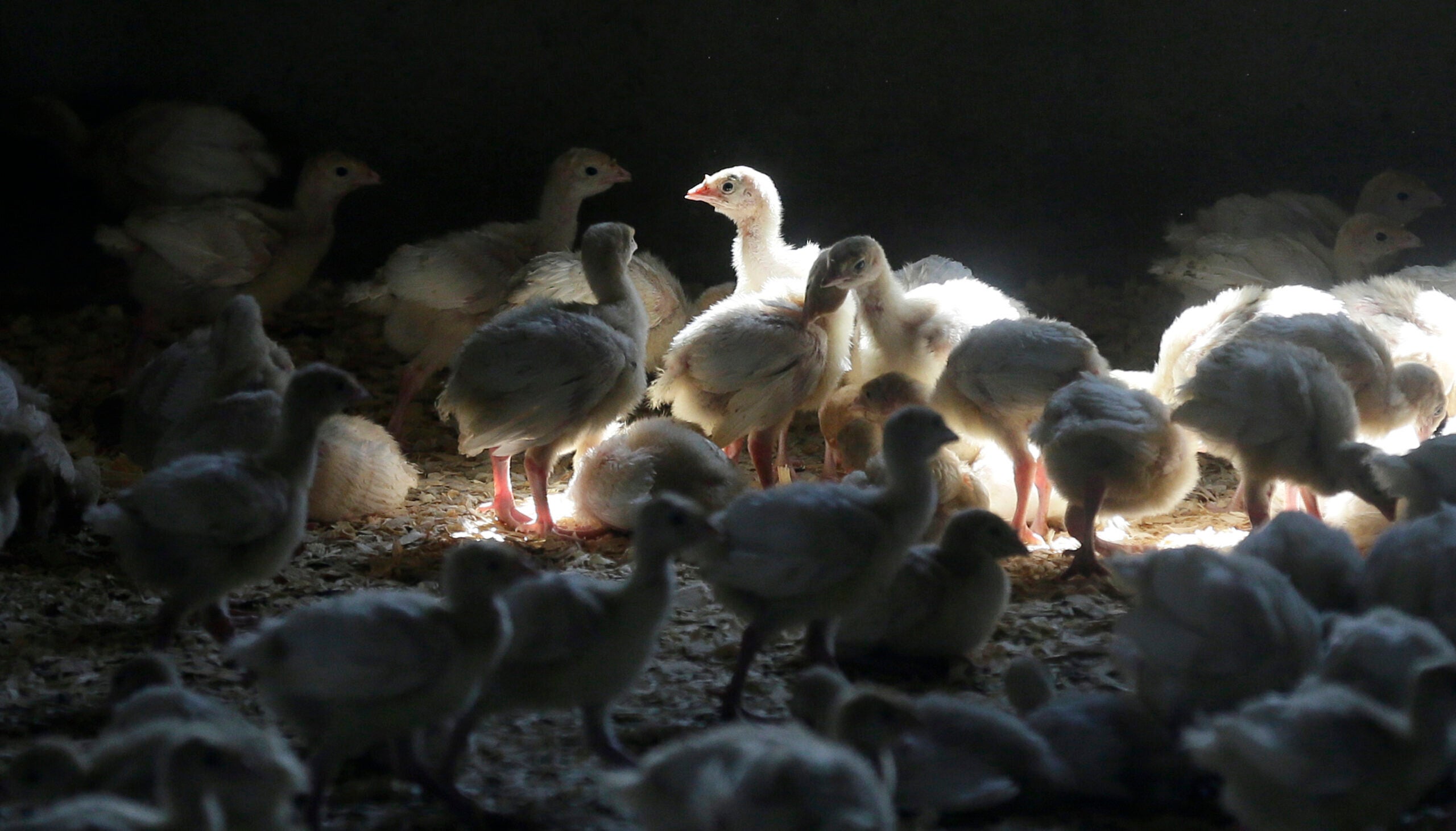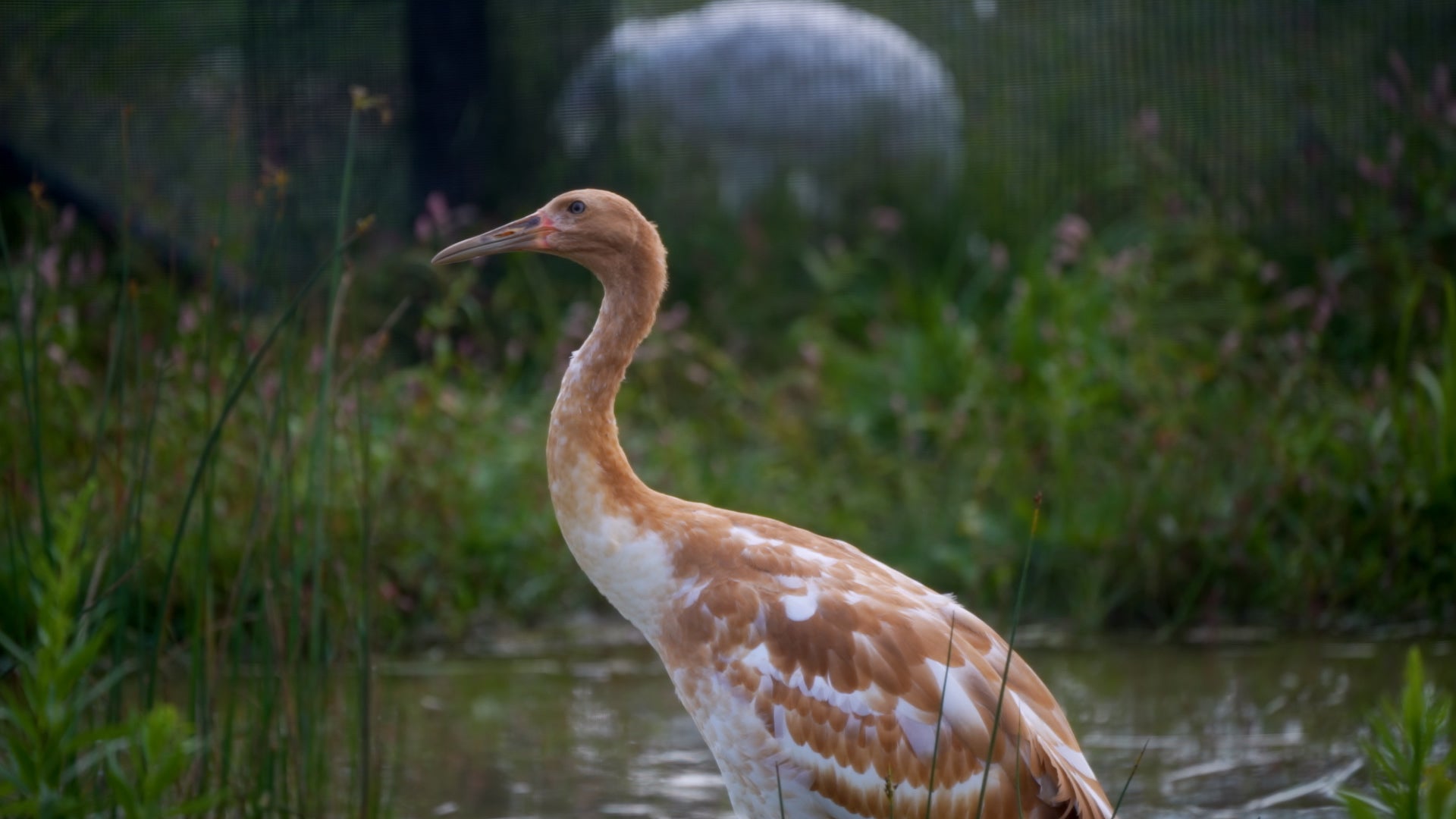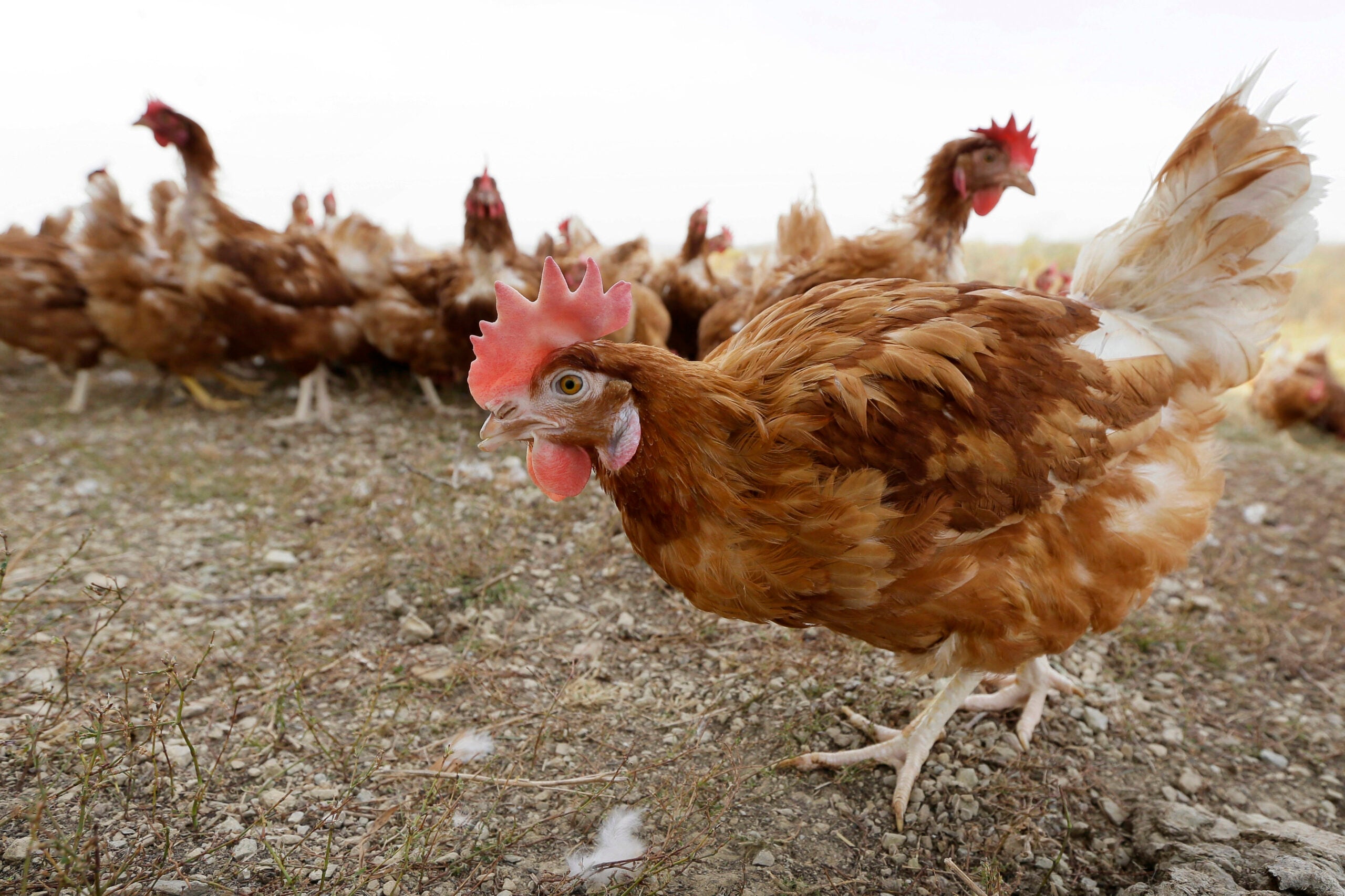After a year of no new cases of highly-contagious avian influenza, Wisconsin agriculture officials confirmed the virus has returned to the state.
The state Department of Agriculture, Trade and Consumer Protection reported on Friday that the virus was detected in a small backyard flock in Taylor County.
The last confirmed case of highly-pathogenic avian influenza was on November 7, 2022 in Jefferson County. But Dr. Darlene Konkle, state veterinarian at DATCP, said it’s not surprising to see the virus affecting domestic birds again. New cases of HPAI in domestic flocks have been reported in Iowa, Michigan and Minnesota over the last month, according to DATCP.
News with a little more humanity
WPR’s “Wisconsin Today” newsletter keeps you connected to the state you love without feeling overwhelmed. No paywall. No agenda. No corporate filter.
“We are seeing kind of an uptick in cases throughout the United States, not just in one specific area,” Konkle said. “The migration of birds has something to do with that as well. There’s just higher populations of birds moving through.”
Dr. Lindsey Long, wildlife veterinarian for the state Department of Natural Resources, said the DNR and the U.S. Department of Agriculture take samples from birds for highly-pathogenic avian influenza strains during the summer and fall. She said staff did not detect the highly-contagious H5 strain during summer surveillance. But the agency found two likely cases in blue-winged teal this month and is currently investigating several possible cases in swans.
“I think we were a little bit surprised not to see as many cases in Wisconsin this year,” Long said. “But that doesn’t mean next year, there couldn’t be a gene deletion or something that would make some birds susceptible again.”
She said avian influenza is highly variable, affecting some birds more than others. Long said many waterfowl carry multiple strains of the virus at low levels without any symptoms.
“This particular H5 HPAI is really one of the first times we’ve actually seen avian influenza have significant mortality (in wild birds),” Long said. “Normally that ‘highly-pathogenic’ definition is because of how it interacts with domestic birds.”
Because of the constant change in the circulating virus, she said it’s hard to know how long this version of avian flu will continue impacting birds in Wisconsin and around the world.
USDA data shows the virus has been detected in 216 birds in Wisconsin since the start of 2022. Before this month, Long said the last confirmed case in a wild bird was in a bald eagle in January.
Konkle said she believes the state will see more cases in domestic flocks this fall and winter, in part because the virus is able to survive in cold and wet weather.
But whether the current strain of avian influenza will ever disappear from wild and domestic flocks remains uncertain. Konkle said previous strains of the virus have mutated over time, becoming less of a threat. But she said virologists and wildlife biologists are still studying the current version of the flu. In addition to North America, she said the virus is still being found in South America and Europe.
“What we’re hearing from the wildlife biologists is that the concentration of the virus or the number of detections in wild birds has decreased in 2023 compared to 2022, but they’re still finding detections,” she said.
While most commercial poultry operators have invested in biosecurity measures to protect their birds, Konkle said there are plenty of low-budget ways to protect smaller flocks. She said protective measures include increased handwashing, limiting exposure to wild birds and changing outside shoes and clothing before interacting with the flock. She said backyard flock owners should also only get birds from reputable sources and isolate new birds from their flock for 30 days.
Wisconsin Public Radio, © Copyright 2026, Board of Regents of the University of Wisconsin System and Wisconsin Educational Communications Board.




